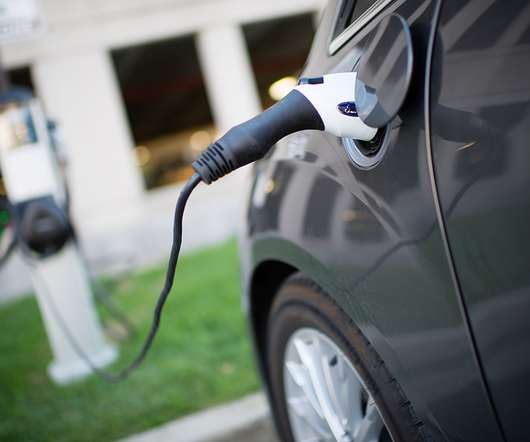ANL team develops new class of Li- and Na- rechargeable batteries based on selenium and selenium-sulfur; greater volumetric energy densities than sulfur-based batteries
Green Car Congress
MARCH 1, 2012
Cycling performance of Li/SeS 2 ?C, Researchers at Argonne National Laboratory have developed selenium and selenium–sulfur (Se x S y )-based cathode materials for a new class of room-temperature lithium and sodium batteries. Unlike the widely studied Li/S system, both Se and Se x S y can be cycled to high voltages (up to 4.6















Let's personalize your content